Rutherford
New
Zealand is
rightfully proud of native son Ernest Rutherford, a scientist who first
demonstrated the existence of the nucleus of the atom.
He was also the first to deliberately transmute one atom to another
(alpha particles striking nitrogen produced fast protons and oxygen).
We visited the university grounds in Christchurch NZ where he got his
undergraduate degree, at that time known as Canterbury College.

Here
Nancy is
sitting at one of the narrow tables in the hall where the students
would attend lectures.
Some of them chose to inscribe their initials and thoughts there.
We didn't find any that could be traced to Ernest.
Always hard working, it is unlikely that this note is his.
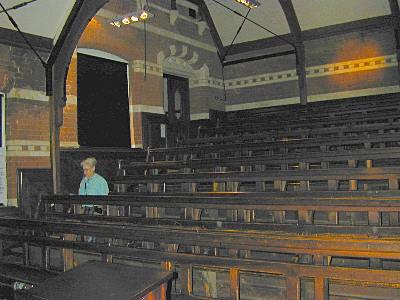

Under
the lecture
hall is the room where students would hang their academic robes when
not attending lectures.
It later became "Rutherford's Den" where he set up a laboratory.
Because his instruments were sensitive to vibration its solid concrete
floor was essential.
At the back of the Den there was a ghostly image of him describing his
work.
A little optical trickery made it appear to hang in space.
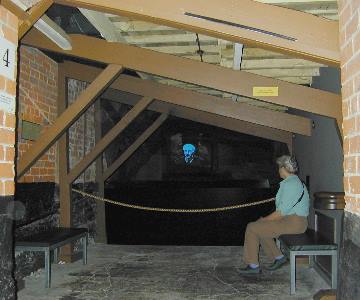
A
student desk such
as one he would have used.

He
received a Nobel
Prize for his work with radioactivity.
While he was a leader of the Cavendish Lab in England nine others who
worked with him there each earned one as well.
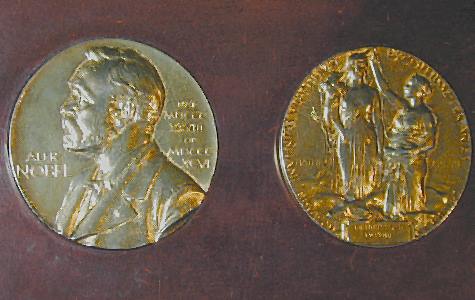
Some of
his
experimental apparatus and a replica of a high voltage generator like
those he used.
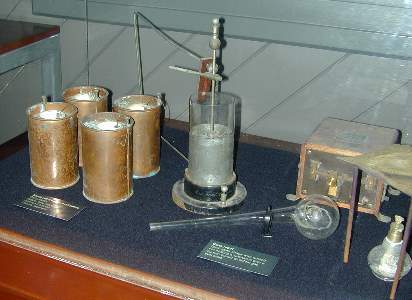
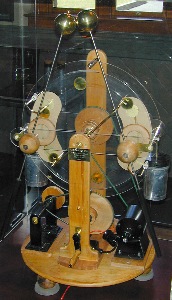
There
was a
radioactivity demonstrator on display.

Here
are the cover
pages from a few of his publications.
I have been told that they developed the Geiger counter because of the
tedium and eyestrain of long hours counting scintillations in some of
these experiments.
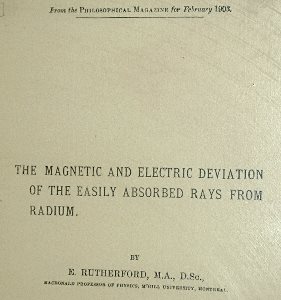
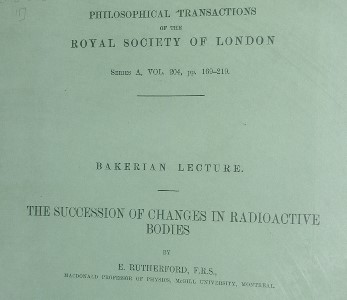


New
Zealand North Island,
New
Zealand South Island,
Rutherford, New
Zealand Flowers
See
other places we have visited here.
Go
to our Personal
home page
Go to our Community
page
Go
to our Science
Fun page
E-mail Nancy
and
Alan